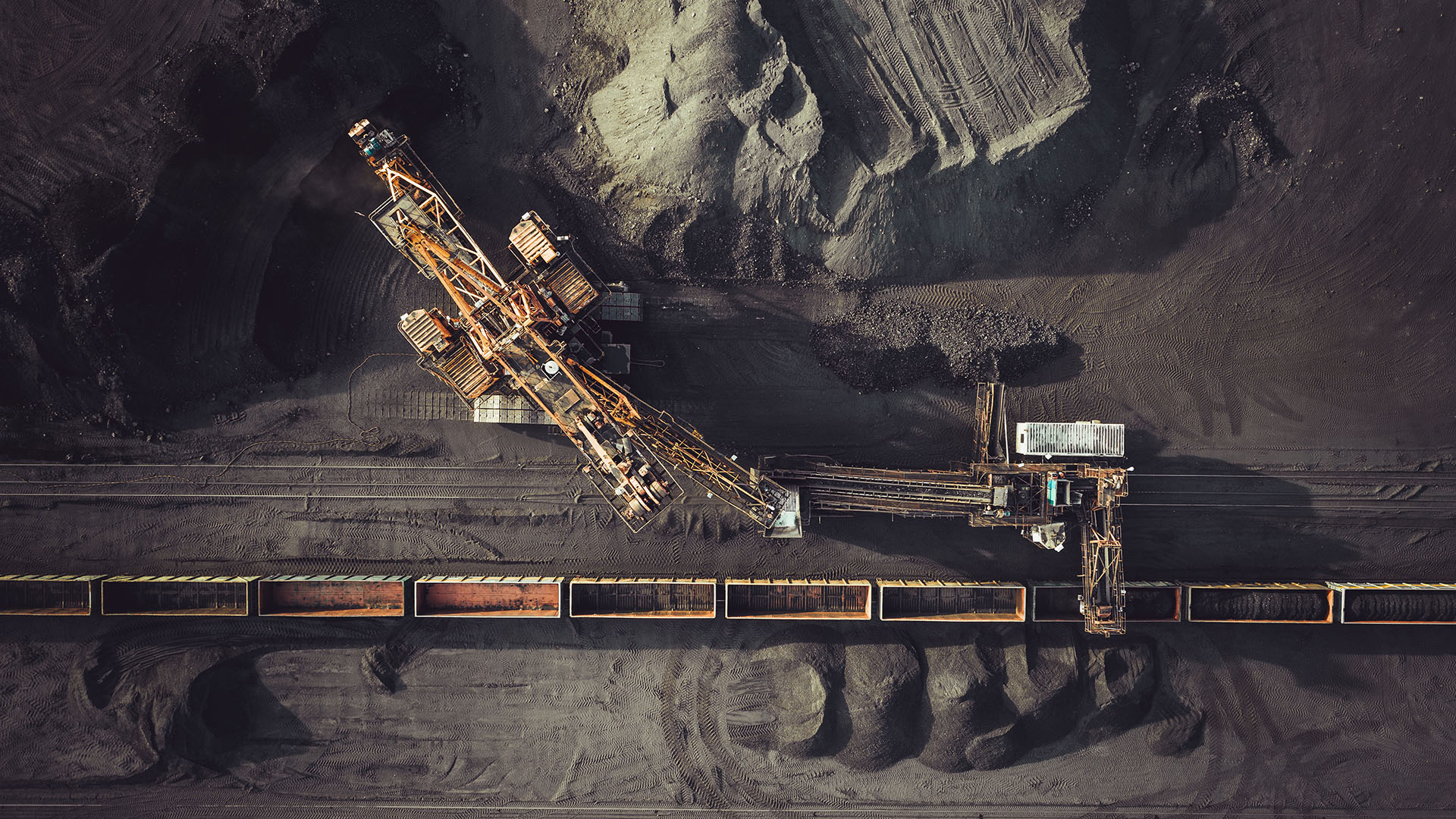This Article is written by Andréa Cabanac, Kelsey Pailman and Tameez Casoo
Over the past decade, there has been a global trend towards transitioning from fossil fuel run economies to the generation of energy through more sustainable sources. This is in line with United Nations Sustainable Development Goal 7 (SDG 7) which envisions access to affordable, reliable, sustainable and modern energy for all. The South African Integrated Resources Plan, 2019 (IRP), which serves as a road map underpinning the development and regulation of energy demand and supply in South Africa until 2030, too has called for a “just transition “. In the South African context, a just transition represents the trade-off between the need to reduce the country’s carbon footprint while mitigating imminent mass coal job losses. Given the South African economy’s continued reliance on coal for electricity generation, it is likely that this transition will be gradual. The question arises as to how the mining sector, and the just energy transition, can work together in a South African context, in light of this global trend.
South Africa is heavily reliant on coal resources, which generated 38 Gigawatts (GW) of the country’s installed electricity capacity in 2019 – approximately 74%. At present, hydro and pumped storage is at approximately 3% and 5% respectively, while renewable energy comprises 7%. Nuclear power remains an auxiliary power contributor, providing 4% of installed capacity. Furthermore, South Africa is the 13th highest emitter of carbon (CO2) emissions, currently emitting 452 metric tonnes of CO2. From an economic perspective, mining has served an important role in the South African economy, and contributes to a large amount of South Africa’s Gross Domestic Product (GDP) while also being the largest contributor to the growth of South Africa’s GDP in the first quarter of 2021 as indicated by the Minister of Mineral Resources and Energy in his media statement released on 8 June 2021.
In terms of the development of renewables, South Africa has made substantial strides in recent times. In April 2022 the Department of Mineral Resources and Energy launched the sixth bidding window for the Renewable Energy Independent Power Producer Procurement Programme. The program seeks to procure an additional 2600 Megawatts (MW) of Renewable Energy. In terms of legislative reform, on 5 October 2021, an amendment was made to Schedule 2 of the Electricity Regulation Act, 2006. The amendment effectively raises the electricity generation licence exemption threshold from 1 MW to 100 MW. This amendment aims to facilitate more Independent Power Producers’ (IPPs) participation in the energy market, given that certain IPPs will no longer be required to obtain a generation licence, but merely to register with the National Energy Regulator of South Africa.
The IRP has emphasised that given this socio-economic climate, the transition to renewables must be “just”, and that coal will continue to serve a role in South Africa’s energy sector, alongside a more diversified energy mix. Many countries, including South Africa, have entered into the Paris Climate Agreement with the view of curbing global CO2 emissions in order to prevent a global catastrophe and ease the need to pressure developing countries to make the transition to renewable energy. Furthermore, in October 2021, leaders from the largest coal production and consumption countries globally including South Africa made a commitment at the G20 Summit that they would stop financing offshore coal power plants. No such commitment was made in respect of domestic power plants. The IRP does, however, promote the decommissioning of poorly performing coal power plants in South Africa.
It is anticipated that the mining sector will play a critical role in this transition. Battery storage, the use of Platinum Group Metals (PGMs) in fuel cells and green hydrogen, are emerging trends with mining at the heart of such developments. In the context of renewables, due to the issue of intermittency, battery storage will play a critical role in achieving energy security. This will require the use of minerals such as lithium to make batteries. With regards to PGMs, Minerals Council South Africa sets out in its “In the Spotlight” webpage on fuel cells that the global market for platinum is 7 million ozs a year, of which 6 million oz is the result of mining and in terms of which 90% is found in South Africa. The fuel cells industry therefore constitutes a key development area for platinum and an opportunity for South Africa for inter alia the development of alternative energy sources and the creation jobs. Furthermore, green hydrogen presents many opportunities for the South African mining sector. Whereas the majority of hydrogen currently is produced from natural gas, green hydrogen is extracted from water through electrolysis. One of the key advantages of green hydrogen is its ability to be stored more easily and longer than other renewable energy sources, thus promoting energy security. The South African Department of Science and Innovation (DSI) has established South Africa’s first government led hydrogen road map. Industry stakeholders have been invited to collaborate with government in developing this policy document which will inform South Africa’s future policies in terms of green hydrogen.
The energy transition presents both a challenge and an opportunity for the mining sector. The transition to the renewable energy sector is a significant challenge for South Africa in that the coal industry still serves an important role in creating employment, being a significant contributor to South Africa’s GDP, and providing coal for coal-burning power stations. Furthermore in accordance with the IRP, coal will still serve an important role in South Africa’s energy future alongside more renewable sources. The energy transition also presents an opportunity in the mining sector, particularly in respect of extracting minerals needed to make batteries. It is therefore essential that policy makers ensure that the transition is indeed just, considering both South Africa’s socio-economic climate, its reliance on coal-burning power stations for electricity generation, and the need for a diversified energy mix.




